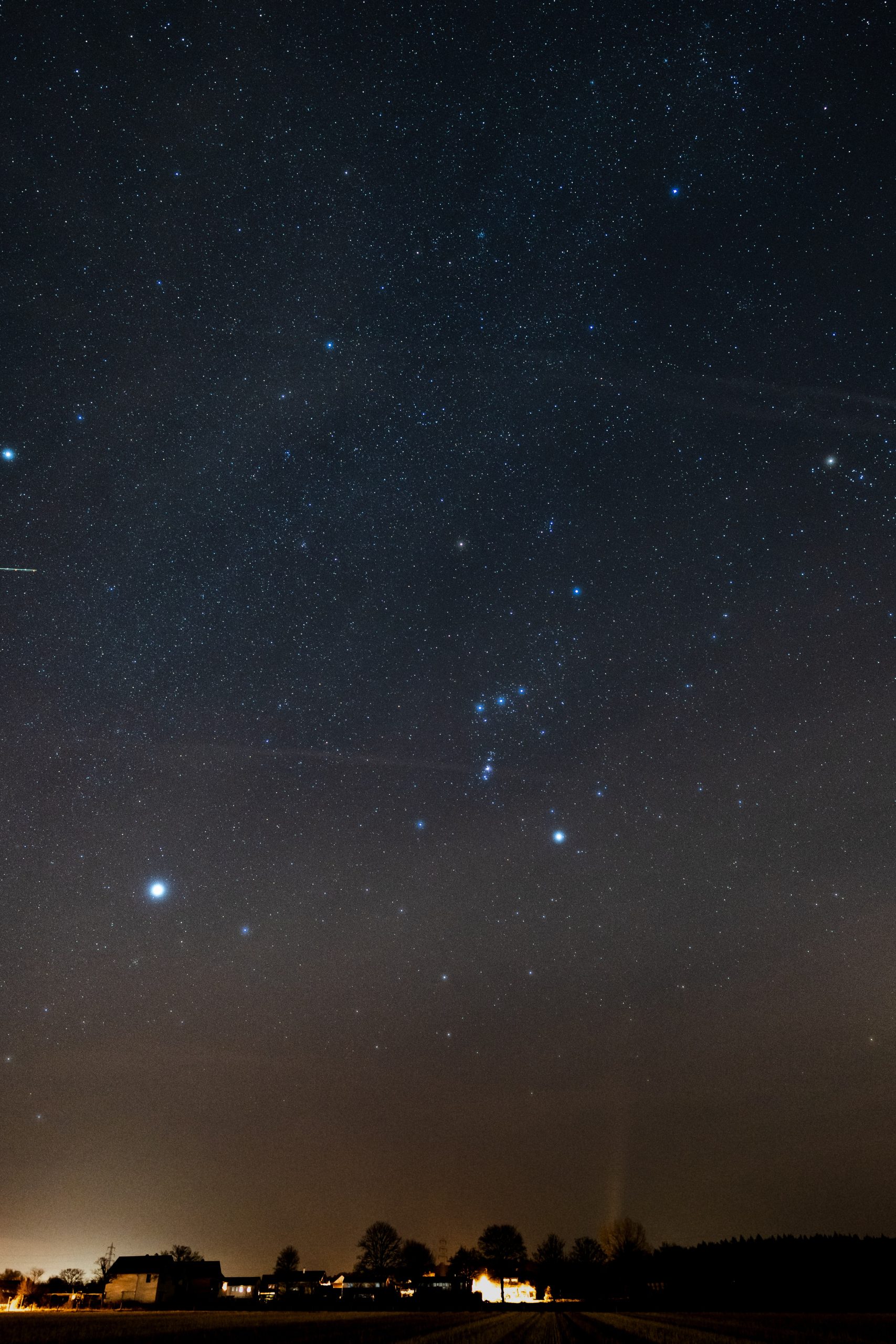What Does a Full Moon Look Like?
One of the most awe-inspiring sights in the night sky is a full moon. As it rises above the horizon, casting its radiant glow, it captivates our attention and evokes a sense of wonder. But have you ever wondered what exactly a full moon looks like? In this blog post, we’ll explore the appearance of a full moon in detail, examining its shape, color, and unique features.
Shape
A full moon appears as a perfect circle in the night sky, with no discernible flat areas or irregularities along its edge. This shape is due to the positioning of the Earth, moon, and sun in relation to each other. During a full moon, the Earth is positioned between the sun and the moon, with the sun illuminating the entire exposed side of the moon. This direct illumination results in a uniformly illuminated sphere, giving the appearance of a complete circle.
To visualize the shape of a full moon, imagine a perfectly round, glowing disk suspended in the sky. It stands out prominently against the backdrop of the dark night, creating a striking contrast.
Color
Despite its name, a full moon doesn’t appear as purely white. Instead, it displays a range of hues depending on various factors such as atmospheric conditions, pollution, and even human perception. The most common perception of a full moon is that it appears yellow or yellowish-white.
Why does a full moon sometimes appear yellow? This phenomenon is primarily caused by the scattering of light as it passes through the Earth’s atmosphere. When the moon is low on the horizon, near sunrise or sunset, the light it reflects must pass through a denser portion of the atmosphere, where tiny air particles scatter shorter wavelengths of light (such as blue and violet) while allowing longer wavelengths (such as yellow and red) to pass through relatively unscathed. As a result, the moon appears more yellow when it’s closer to the horizon.
However, when the moon is high in the sky, it often appears white or grey. This is because the light doesn’t have to pass through as much of Earth’s atmosphere, reducing the scattering effect and allowing the moon to appear closer to its natural color.
Features
Upon closer inspection, a full moon reveals fascinating surface features that add to its allure. The moon’s surface is pockmarked with craters, caused by the impact of asteroids, meteoroids, and comets over billions of years. These craters come in various sizes and depths, creating a unique texture on the moon.
In addition to craters, the moon showcases other prominent features such as lunar maria (dark, flat areas) and mountain ranges. The lunar maria, Latin for “seas,” are actually solidified lava flows that occurred when volcanic activity was more prevalent in the moon’s past. The mountain ranges, on the other hand, are remnants of ancient collisions that caused the moon’s crust to buckle and fold.
When observing the moon during a full moon phase, these surface features are more easily visible due to the absence of shadows. The direct illumination of the sun eliminates most shadows, allowing us to perceive the moon’s craters, maria, and mountain ranges with greater clarity.
Influences
Beyond its visual appeal, a full moon has long been associated with various cultural and natural phenomena. Some cultures have attached mystical or supernatural beliefs to the full moon, associating it with werewolves, fertility, and other supernatural occurrences. Additionally, the full moon has influenced human activities such as gardening and fishing, with many believing it affects the growth of plants and the behavior of animals.
A full moon can also impact the Earth’s natural environment. For instance, it leads to increased tidal forces, producing higher high tides and lower low tides. This effect, known as the tidal bulge, is due to the gravitational attraction between the moon and the Earth’s oceans. It’s worth noting that while there is a commonly held belief that the full moon causes strange behavior or increased criminal activity, scientific studies have yet to find any significant correlation between a full moon and human behavior.
Conclusion
A full moon is a captivating celestial sight. Its perfect circular shape, accompanied by its range of colors and surface features, makes it a subject of fascination for many. Whether you appreciate it from a scientific perspective, are captivated by its beauty, or find allure in the myths and cultural associations, the full moon continues to inspire awe and wonder in people all over the world.
So, the next time you spot a full moon in the night sky, take a moment to appreciate its celestial beauty and reflect on the countless wonders of our vast universe.
Table of Contents
